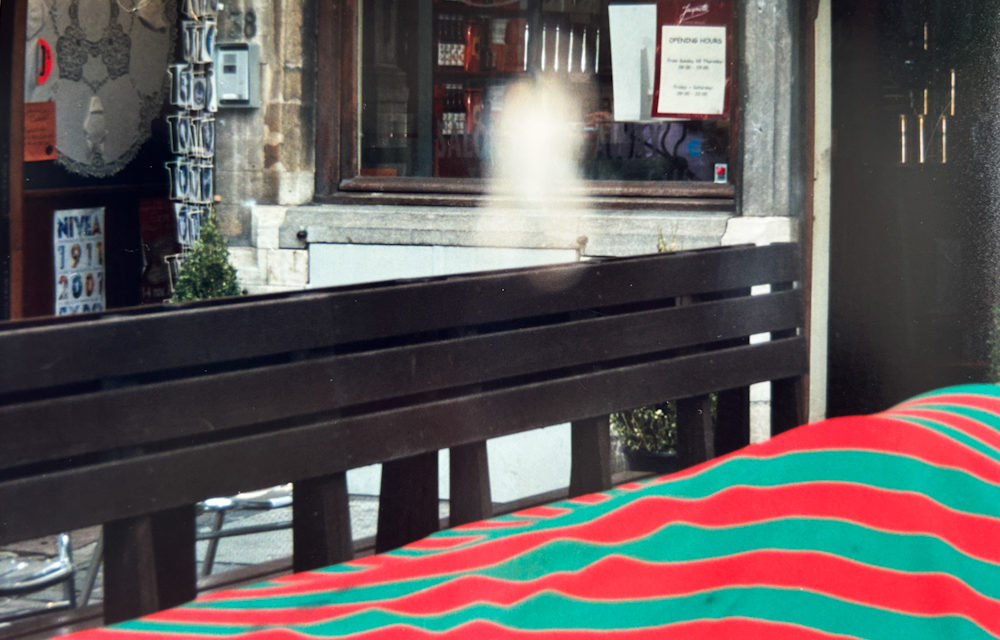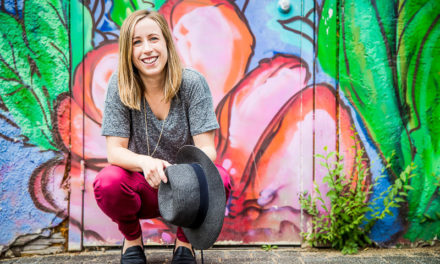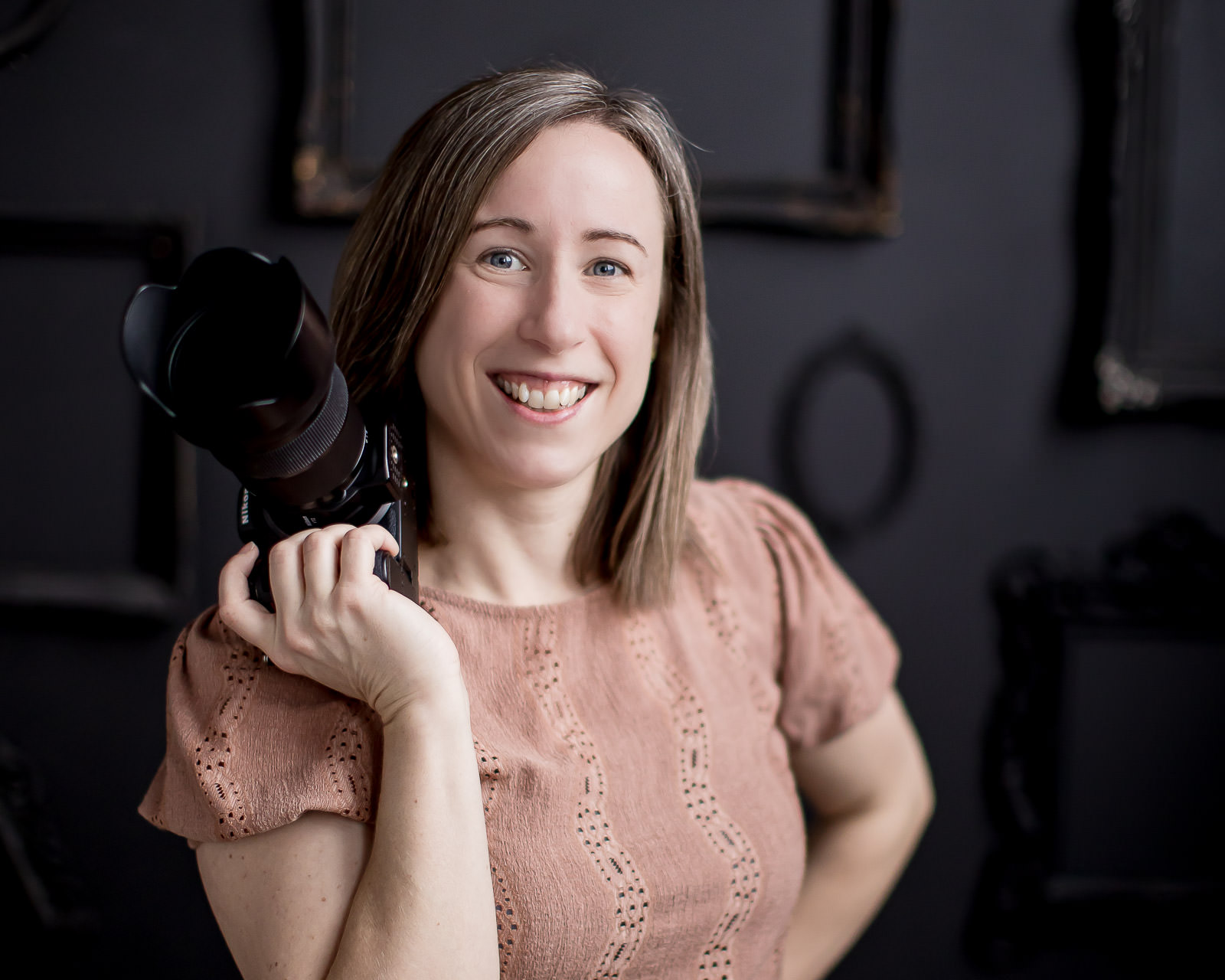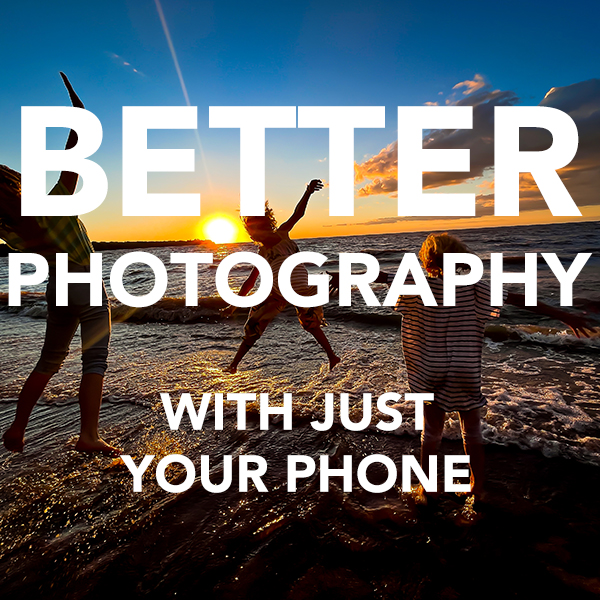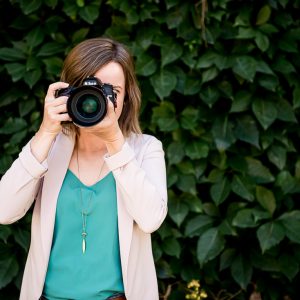This is the story of one of the worst photos I’ve ever taken.
Can you even guess what the subject of this photo is?:

My most disappointing photo. Taken in Belgium in 2002 with my point & shoot film camera.
Probably not.
What I learned: “bad” photos still (eventually) make good photographers
In the 90s, I got my first camera. It was a plastic point & shoot film camera from the mall, with a button to fire up the flash and a plastic winding lever to roll up the film. There was nothing fancy about it. It cost 30$.
But I loved it. So much.
I didn’t know any better, anyway.
I had zero training in photography. I had no idea that there were options like aperture, shutter speed and ISO that could be controlled for more creative effects.
All I could do with this simple camera was to point it at a subject and click the shutter. Nothing else. It was so limiting.
But those limitations were actually a crucial step in my photography journey.
Why?
A simple camera meant I didn’t have to learn technical functions. This freed up my brain to focus on creativity and experimentation. To see things, to observe, to compose. To create.
Up until that point, all I knew about photography was from watching my mom take everyday photos with her point and shoot camera. Our photo albums were full of typical captures: kids posing in birthday hats by a cake with candles. My siblings scooping sand into buckets at the beach. Our family posing with our grandma at a picnic.
The only function of the camera, from what I could tell, was to document life and capture family memories.
Photos were typical and straight-forward. To me it seemed like they had one job, and one job only. And it had nothing to do with being artistic. Although our family photos seemed necessary to me, they felt boring.
Being the little creative kid I was, I was craving for more. I didn’t want to simply replicate my mom’s photos. I wanted to be my own, self-expressing artist. So with my cheap little point & shoot camera I tried unusual angles, experimental portraits and unconventional lighting. I was intrigued.
My photos weren’t great. They were actually quite terrible.
Half of them didn’t even make sense.
But to me, it was incredibly freeing to be able to take photos of my own choosing, without worrying about following rules or fulfilling expectations. It was pure fun.
A few years later, I headed off on a month-long backpacking trip through Europe.
Before leaving, I upgraded my plastic point & shoot film camera to a more expensive one. One that had (*get this*) a built-in ZOOM lens! With a couple batteries and the push of a fancy button, the lens would telescopically expand out. I felt pretty good about my new “fancy” camera. It was still a plastic point & shoot – but it had a zoom.
And that felt fancy.
While traveling in Belgium one day, I found myself on a cobblestone street watching a big spider spin a web between the railings of an outdoor café.
Excited at this discovery, I zoomed in and took a photo of this spider. But I ran into a problem: I had no way of controlling my focus on the spider!
(Now do you recognize the photo above?!)
When I got my prints back, the spider was a blurry white blob in my photo. (Yep, see above.)
The rest of my photos from this trip were absolutely beautiful, and I loved them! They were mostly on black and white film and to this day are part of my most cherished photography experience.
But when I saw this photo of this blurry spider, I felt SO discouraged.
My “fancy” camera had let me down!
I quickly ditched my point & shoot camera and bought a film SLR camera, enrolled in photography courses, and was determined to fix my photography. I was determined to leave my point & shoot days behind.
That turning point is what eventually led me to my current full time career in professional photography. And I’m thankful for that.
But what I didn’t see clearly back then was that my point & shoot days were actually an extremely crucial part of my photography journey.
The skills I began to develop in those years were invaluable.
My point & shoot days trained me to solely rely on composition, available light and my inner sense of creativity. I had no technical controls to play around with, so my focus was zeroed in on the most important aspects of photography.
And the most important aspects weren’t my skills for zooming in and focusing on a spider.
The most important aspects of photography were exercising my creative muscle, learning to see and creating amazing photos despite the limitations of my point & shoot camera.
This was huge. And I didn’t even know it.
Which brings me to why I love mobile phone photography so much: it immerses us in the core of photography.
• It’s where camera controls and fancy tools don’t come to rescue your photos.
• It’s where your heart is fully engaged in the creative act.
• It’s where your skills grow the fastest and strongest.
This is why I love taking photos with just my iPhone camera.
Even though I own all the best pro gear I could ever need to take the perfect shot – my iPhone camera takes me back to my point & shoot days.
It’s where the heart of photography begins: seeing, feeling and capturing. Simplifying the creation of a photo. Relying on your head and your eye to align with your heart.
So what kind of photographer are you?
One who relies on fancy gear and modern technology to take great photos?
Or one who relies on the head, the eye and the heart to take great photos?
I’ll leave you with a quote from one of my favourite photographers:
– Henri Cartier-Bresson
Some timeless and very wise words for any photographer, at ANY POINT on their journey!
____________________________________________________________________________

